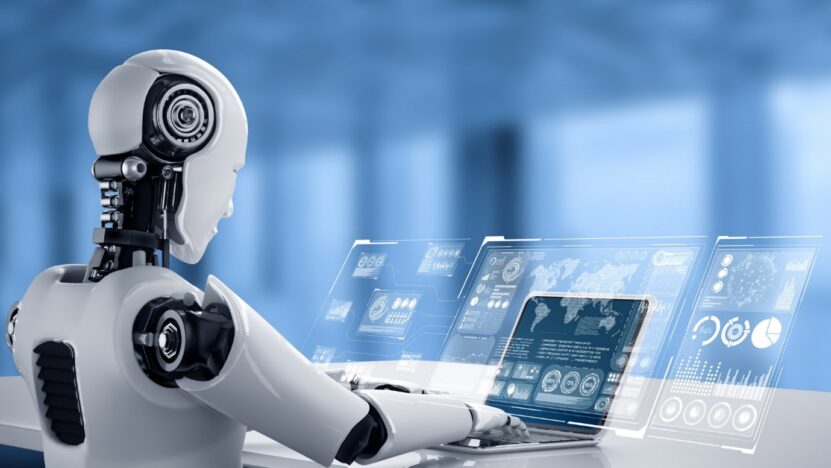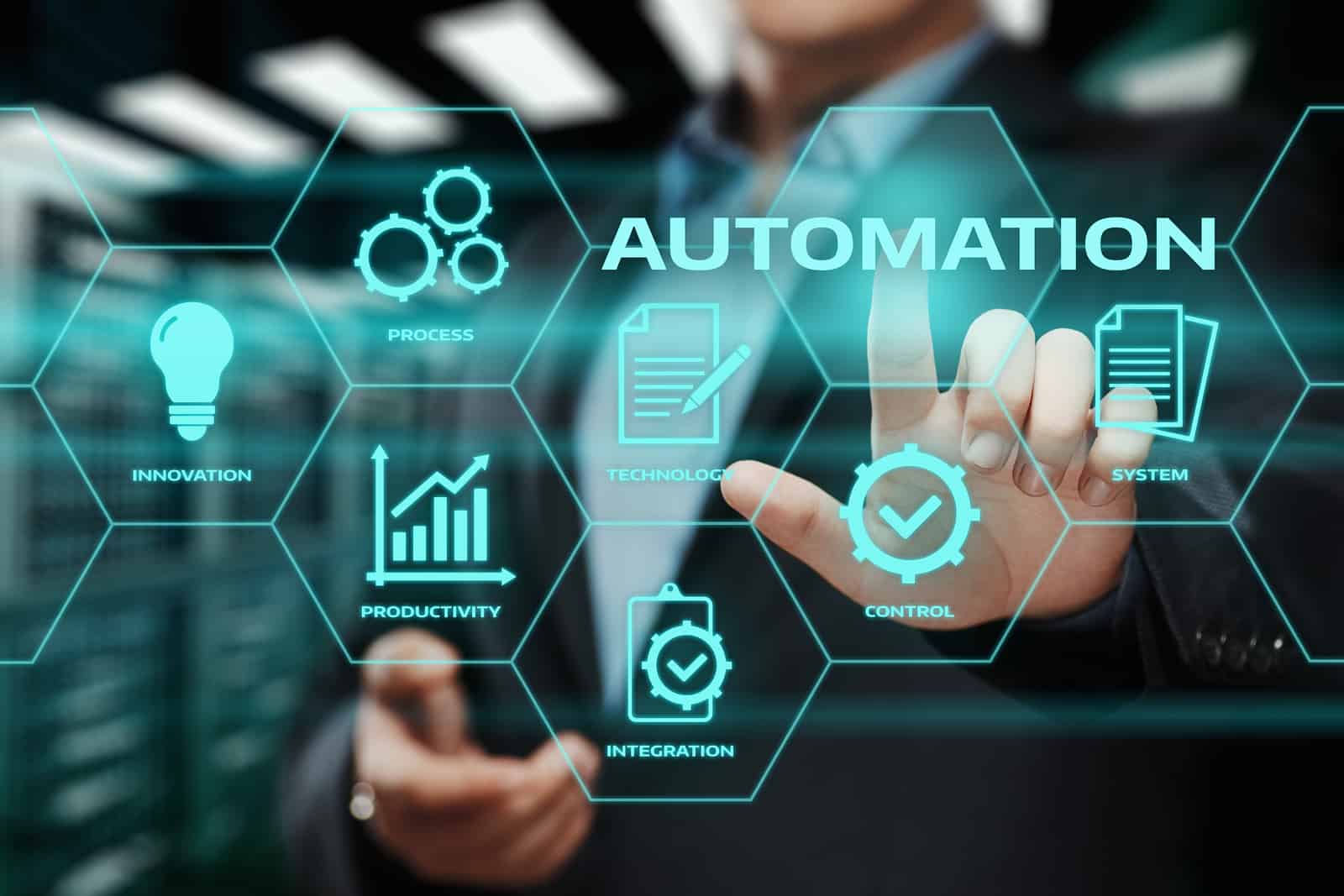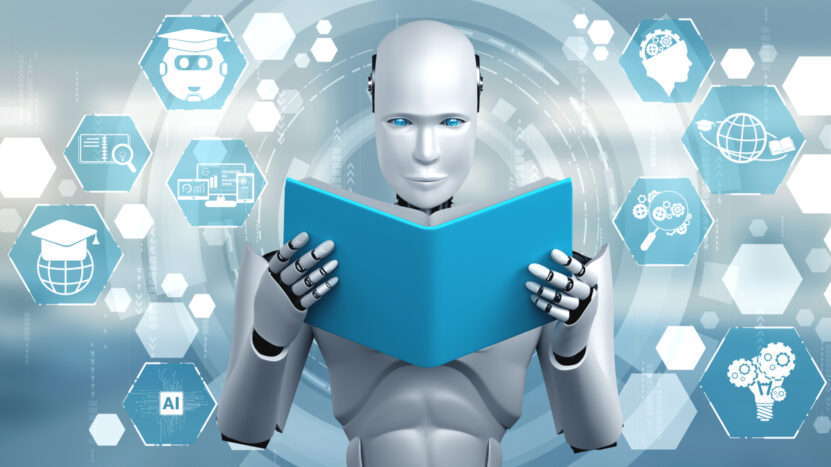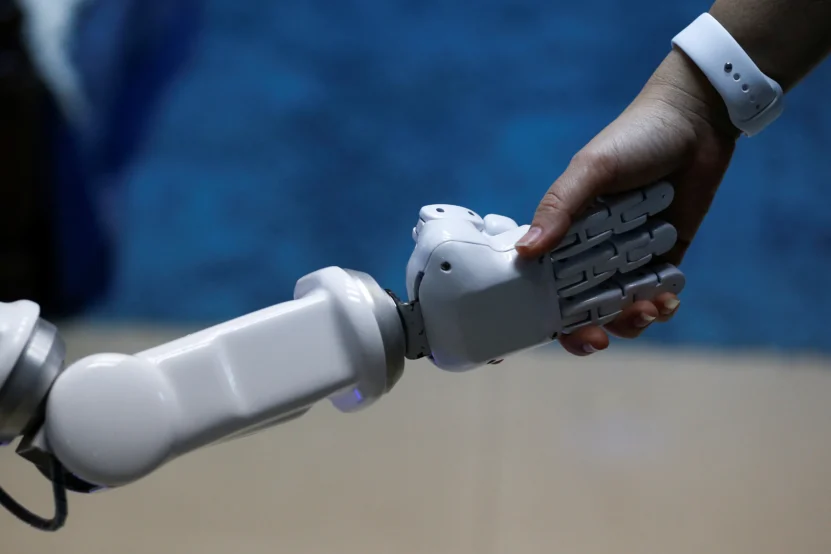The 21st century has been marked by rapid and transformative technological advancements. At the heart of this shift is the Automation Revolution, an ongoing wave of innovation that’s fundamentally reshaping how we live, work, and interact with society. But what is the Automation Revolution? In its simplest terms, it’s the proliferation of technologies that perform tasks with minimal human intervention. These range from automated checkout systems in grocery stores to more complex systems like self-driving cars and AI-powered customer service bots.
Automation is not a passing fad; as you can see if you click here. It’s an integral part of our modern society, profoundly influencing various sectors, from manufacturing and healthcare to education and creative arts. The proliferation of smart devices, AI, machine learning, and robotics are now streamlining operations and delivering unprecedented efficiencies and capabilities.
The Rise of Automation

The concept of automation isn’t new. Early examples, like the use of water wheels in ancient civilizations or the industrial revolution’s mechanized looms, transformed societies but had a limited impact compared to today’s advancements. The real game-changer has been the incredible growth of digital technology in recent decades, particularly the advent of AI, machine learning, and robotics.
These advancements are now driving an exponential growth in automation capabilities. According to a report from Mckinsey Global Institute, it could affect approximately 375 million jobs by 2030, with virtually every sector influenced to some extent. As a result, we’re seeing the rise of the “digital workforce,” where automated systems are increasingly taking on tasks traditionally performed by humans, often with greater speed, accuracy, and cost-effectiveness.
Automation in the Workforce
The impact of automation on the workforce is a complex and multifaceted issue. On the one hand, there’s concern about job displacement as machines take over tasks previously done by humans. On the other, there’s the potential for job transformation, where it creates new opportunities and roles. Moreover, AI and robotics are proliferating in industries as diverse as manufacturing, healthcare, agriculture, and finance, fundamentally reshaping these sectors’ landscapes.
For instance, while automation has eliminated some manufacturing jobs, it has also created new roles in areas like AI programming, data analysis, and robotic maintenance. Similarly, in healthcare, while AI may take over tasks like image analysis, it also opens up opportunities for more personalized patient care and advanced research.
Economic Implications
The economic implications of automation are equally multifaceted. As industries adopt automated processes, productivity and efficiency can increase, potentially driving economic growth. However, this transition also raises concerns about income inequality, as it may disproportionately affect lower-wage jobs, exacerbating wage gaps.
While some economists argue that it could lead to an overall increase in jobs, others caution that the transition might result in jobless growth, where the economy expands, but employment levels stagnate or decline. These complexities underscore the importance of proactive policies and strategies to ensure that the economic benefits of automation are broadly shared.
Social Impact

Automation is more than a technological or economic issue – it’s a social one. For example, it’s altering the demographic makeup of the workforce. As automation becomes more prevalent, there are questions about who will benefit and who might be left behind. For instance, if it tends to replace lower-skilled jobs, what does this mean for workers without access to education and training for higher-skilled roles?
The future of employment and job opportunities in an automated world is also a significant concern. What kinds of jobs will be available, and what skills will they require? Moreover, how can society ensure that everyone has an opportunity to participate in the automated economy? These are pressing questions that require careful consideration and proactive solutions.
Automation and Creativity
Traditionally, creativity was viewed as a uniquely human attribute. However, with the advent of AI and machine learning, we’re witnessing an intersection of automation and creativity. Today, AI can write articles, compose music, and even create visual art. In many ways, this is exciting – it can democratize creativity, making it more accessible to a broader range of people.
It also raises questions about the balance between human creativity and machine-generated content. Can a machine truly be creative, or is it merely replicating patterns it has learned from human-generated data?
Automation in Healthcare
Healthcare is one area where automation’s potential is especially exciting. From robot-assisted surgery to AI-driven diagnostics, it is transforming the medical field. These advancements offer immense benefits, such as increased precision in surgeries, faster diagnoses, and improved patient care.
There are also risks and ethical considerations to bear in mind. For example, who is responsible if an automated system makes a mistake? How do we ensure the privacy and security of patient data in automated systems? And how do we balance the need for efficiency with the essential human aspect of healthcare?
Automation and Education

Education is another area where automation is making significant strides. AI and machine learning can help create personalized learning experiences, adapting educational content to each student’s needs and pace. Furthermore, it can streamline administrative tasks, freeing teachers to focus more on instruction and less on paperwork.
There are also concerns to address. For instance, how can education prepare students for a workforce increasingly dominated by automation? What skills will be in demand, and how can educators ensure students are equipped with these skills? These questions point to the need for an ongoing dialogue about education’s role in an automated world.
Environmental Impact
Automation also holds promise for addressing environmental challenges. For example, automated systems can optimize resource use, reducing waste and promoting sustainability. Similarly, it can help reduce carbon footprints, such as through automated energy management systems or self-driving electric vehicles.
It’s crucial to remember that automation itself isn’t inherently sustainable—it depends on how we design and use these technologies. For instance, data centers powering AI and machine learning consume significant amounts of energy, which can contribute to environmental degradation.
Cybersecurity and Automation
With the rise of automation comes increased cybersecurity risks. Automated systems can be targets for cyberattacks, with potential consequences ranging from data breaches to physical harm in the case of automated vehicles or medical devices.
However, it can also enhance cybersecurity. For example, AI and machine learning can help detect and respond to threats more quickly and accurately than humans can. The key challenge is to ensure that as we automate more systems, we’re also taking steps to protect them from cyber threats.
Government Policies and Regulation

As we continue to integrate automated technologies into various sectors, the role of government in managing this transformation grows in importance. Government policies and regulations play a crucial role in balancing the need for innovation with ensuring safety and equitable access to benefits. They also carry the responsibility to mitigate potential risks and negative societal impacts resulting from automation.
Governments must work in tandem with tech leaders and industry experts to shape regulations that foster responsible automation practices, while simultaneously promoting progress and maintaining ethical standards. The challenge lies in developing and implementing policies that ensure a smooth transition into an increasingly automated future, harnessing its potential while safeguarding societal welfare.
Conclusion
The Automation Revolution is indeed a transformative force, fundamentally reshaping our lives, work, and society. Its implications stretch far beyond industry walls, influencing every sphere of our existence. While the revolution offers immense potential for increased efficiency, sustainability, and innovation, it also presents significant challenges that demand our attention. As we navigate this new era, it’s crucial that we harness the benefits of automation proactively and responsibly. With thoughtful adaptation, robust regulations, and continuous learning, we can successfully ride the wave of automation, creating a future that leverages the power of machines while preserving the essence of humanity.

